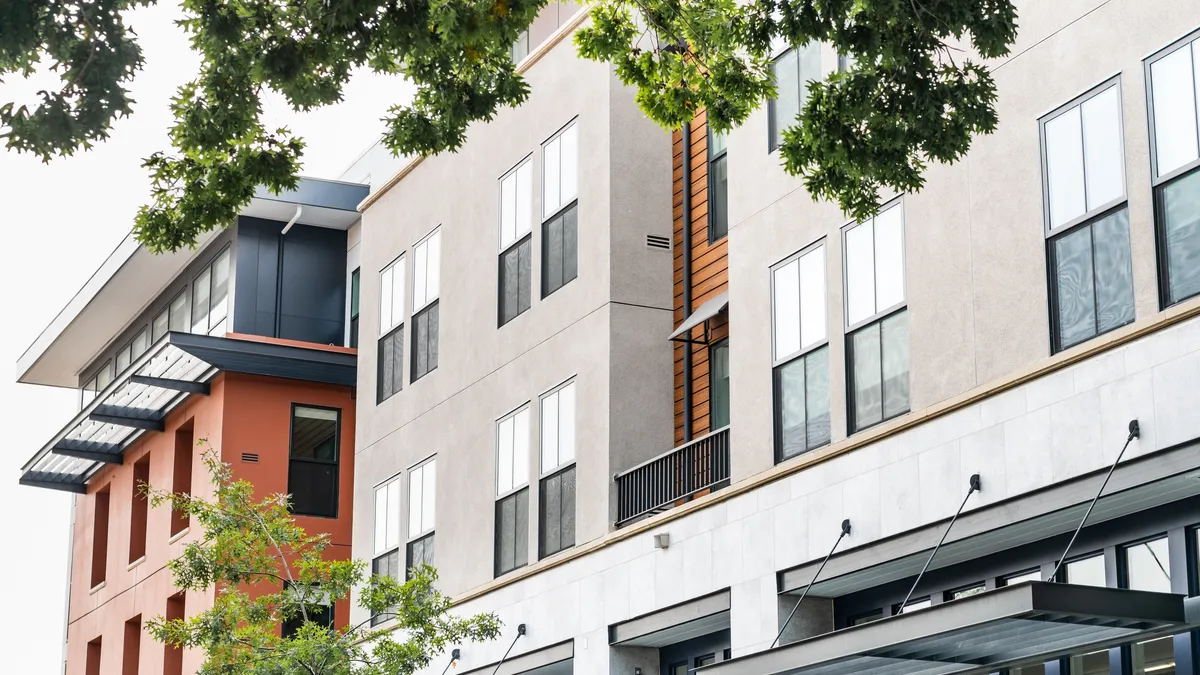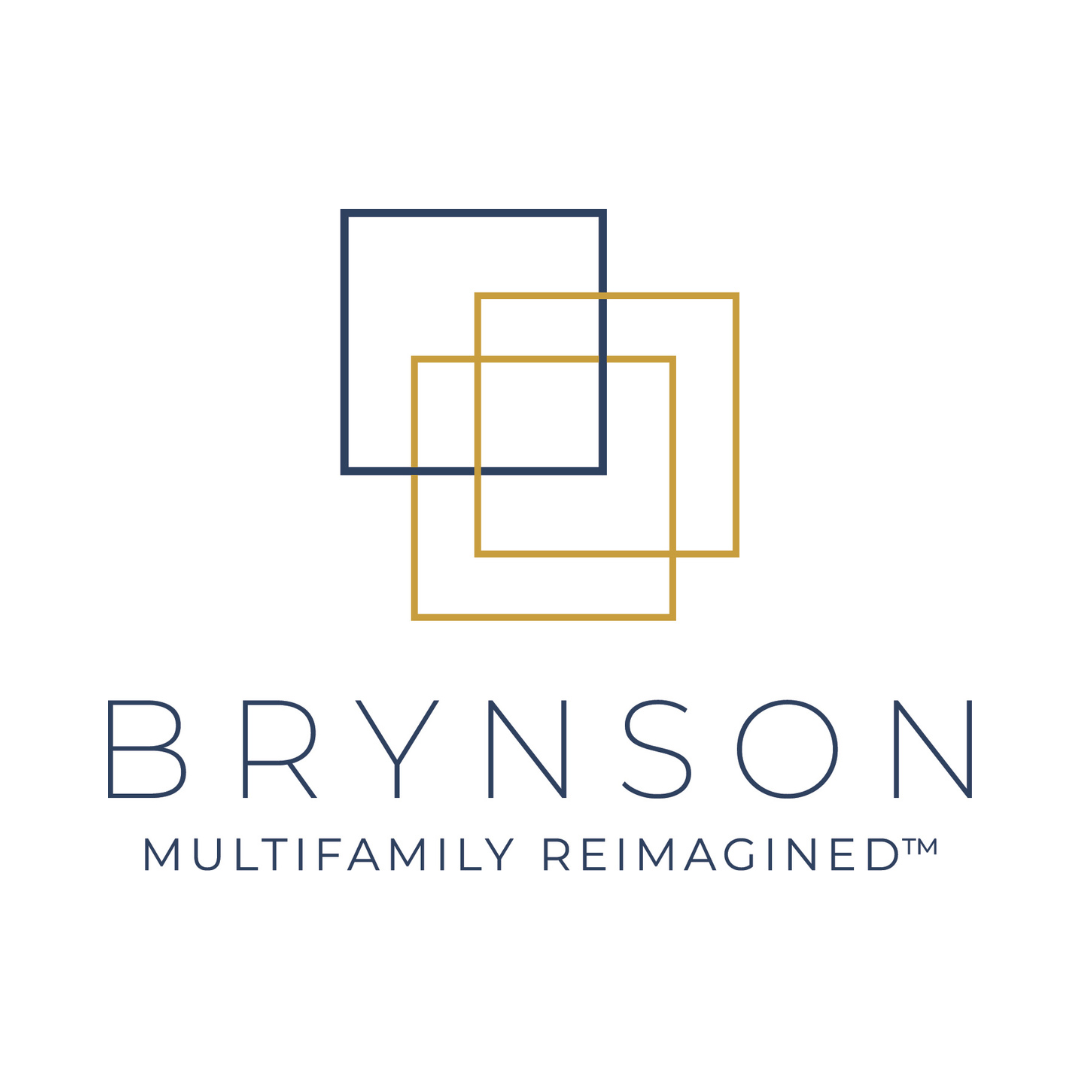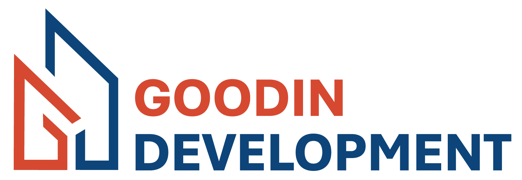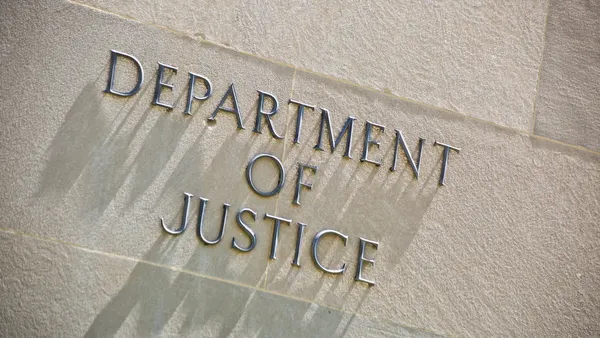The national average rent rose by $5 to $1,736 in April, showcasing ongoing moderate rent growth, according to Yardi Matrix’s latest National Multifamily Report, released on May 7. Year-over-year rent growth fell by 10 basis points during the same period, down to 0.9%.
Northeast and Midwest markets continue to record the strongest rent growth at the major metro level, with New York City well ahead of other markets at 5.8% rent growth YOY. Negative rent growth continues in Sun Belt markets, including Austin, Texas, at -5.6%; Denver at -3.9%; Phoenix at -3.1%; and Dallas and Orlando, Florida, tied at -2.1%.
While record-high deliveries have been putting downward pressure on rents, strong job growth and lower move-outs to homeownership have kept absorption at a healthy level, according to the report. Both house prices and mortgage rates are high, and existing home sales fell 5.9% in March, down to their lowest seasonally adjusted level since 2009. This trend is expected to keep prospective buyers in the rental market.
| Market | YOY rent growth, April 2025 | YOY rent growth, March 2025 | Difference |
|---|---|---|---|
| New York City | 5.8% | 5.5% | 0.3 |
| Columbus, Ohio | 3.7% | 3.5% | 0.2 |
| Philadelphia | 3.6% | 3.2% | 0.4 |
| Kansas City, Missouri | 3.5% | 3.7% | -0.2 |
| Chicago | 3.3% | 3.7% | -0.4 |
| Indianapolis | 3.2% | 3.1% | 0.1 |
| Detroit | 3.0% | 2.7% | 0.3 |
| Twin Cities | 2.7% | 2.1% | 0.6 |
| Washington, D.C. | 2.5% | 2.7% | -0.2 |
| New Jersey | 2.4% | 2.6% | -0.2 |
SOURCE: Yardi Matrix
The national occupancy rate has declined slightly, falling to its lowest point in more than a decade at 94.4%. High-growth markets in the Sun Belt are seeing even lower occupancy rates, with Austin, Houston, Atlanta and Dallas falling below 93%.
However, Yardi expects new deliveries to slow down in the coming years, owing to a sharp recent decline in starts.
Compared to 2024’s record high of 615,000 completions, completions are expected to be 31% lower in 2026 and 43% lower in 2027. However, occupancy is set to rise over time as the decrease in new supply supports absorption. Yardi expects YOY rent growth to return to the 3% to 4% range between 2027 and 2030.
Although market fundamentals remain healthy, President Donald Trump’s recent tariffs and the uncertainty surrounding them could be challenging for the economy, according to Yardi. If economic growth weakens, so could demand, which could delay rent growth recovery.
“Early data aligns with our forecast of moderate 1.5% rent growth in 2025,” the report reads, “but the contraction of the first quarter GDP raises the risk of a potential downturn, which could disrupt otherwise resilient fundamentals.”












